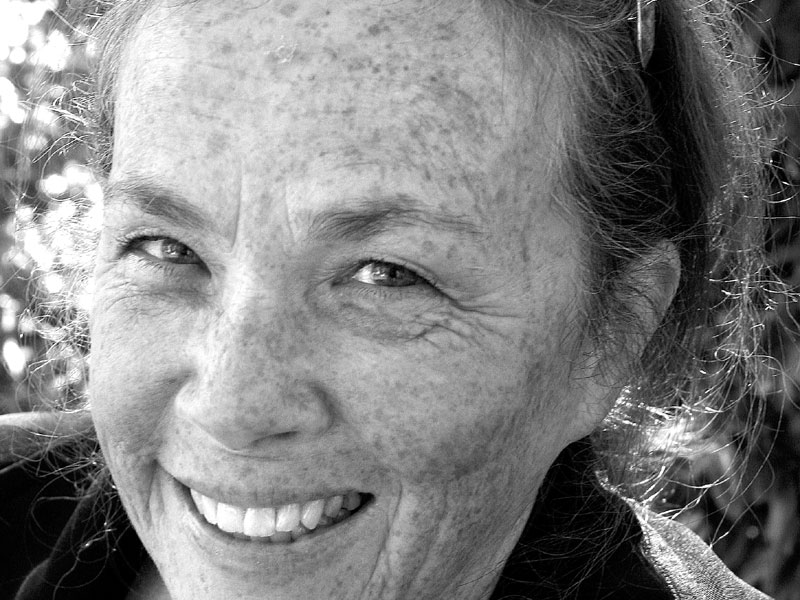Columnists
Appropriate dishes

Recently, two women in Portland, Oregon were forced to close their pop-up food cart amidst accusations of cultural appropriation and exploitation. What the H E double tortillas is wrong with us?
Yeah, yeah, there’s been a lot of talk about cultural appropriation recently. But I’m not really sure I understand the process of culturally appropriating things like art or food or ideas. I suppose, as far as food goes, I may have done it once or twice. I’ll wager most of us have committed cultural appropriation, here and there, on the plate or in a frame. Don’t shake your head at that suggestion. Tell me about how your home is feng shui. If you aren’t Chinese, you have borrowed that philosophy from another culture. Show me your yoga and meditation corner. While you’re at it, pop that kitchen cupboard open so I can see your spice cabinet. How much of that was appropriated from a culture other than your own? Many people have explained cultural appropriation to me—to all of us—but I feel like there might be a few grey areas in my comprehension of the issues.
Let me start at the beginning of my non-understanding. My siblings and I were born in Canada. In Toronto, to be precise. I suppose we’ve come with some kind of built-in ‘born here’ culture, but I’m not too sure what that looks like.
The siblings and I are a fairly creative bunch. I believe our creativity has been influenced by our upbringing. We are children of immigrants, but didn’t necessarily identify as Italian-Canadian or Irish-Scottish-Canadian. My parents were not hyphenated Canadians and didn’t allow us to be.
Our early years in Toronto were spent surrounded by our immigrant relatives. Without giving it too much thought, we understood why our Italian grandfather painted everything either green or red or white. He wasn’t displaying his love of the festive season; those were the colours of the Italian flag. We got it.
When we visited him, we ate Italianstyle food. Grandpa had a garden. He served lots of fresh fish, pasta dishes, vegetables and fruit from the market, crusty bread and cheese. Grandpa Curcio made his own wine. He had a press in his back shed and kept the barrels in his basement. That’s Italian.
On the other side of the family, my dad’s parents were from Ireland but lived and worked in Scotland. I don’t remember either one of them painting anything in their yards, or actually having much of a yard. The food my grandma served was pretty bland and leaned toward sausages, boiled potatoes, occasionally canned veggies, plain white bread, biscuits and endless cups of sweet, milky tea.
My mom created a delightful—and somewhat confusing—mix of British and Italian food for our table. For the sake of gastronomic and marital harmony, Mom appropriated from both sides of the family. Sometimes pasta was accompanied by boiled potatoes. Sometimes a roast of beef was accompanied by eggplant parmesan. My mom, like yours, probably created food fusion a long time before it became trendy. And now?
Well, now Kali Wilgus and Liz Connelly have been accused of “stealing recipes from their travels in Mexico to start a business in Portland.
Like I said at the start: seriously?
I do understand the fooforah about the young, white artist creating works that were almost exact duplicates of Norval Morriseau’s works. However, I saw Amanda PL’s work more as plagiarism than anything else. A bit like the bad attempt at Van Gogh’s Sunflowers my parents picked up at a yard sale and hung in their dining room. Amanda PL definitely leaned heavily on the “I was influenced” card when she should have been embarrassed by her copycat approach to creating art.
But I’m on about the cultural foods appropriation. And maybe a bit worried about what to serve for dinner this evening. I’m leaning toward shepherd’s pie, but since neither LOML nor I are shepherds, we may have to settle for a big pot of Red River Cereal followed by a handful of Hawkin’s Cheezies.

Comments (0)